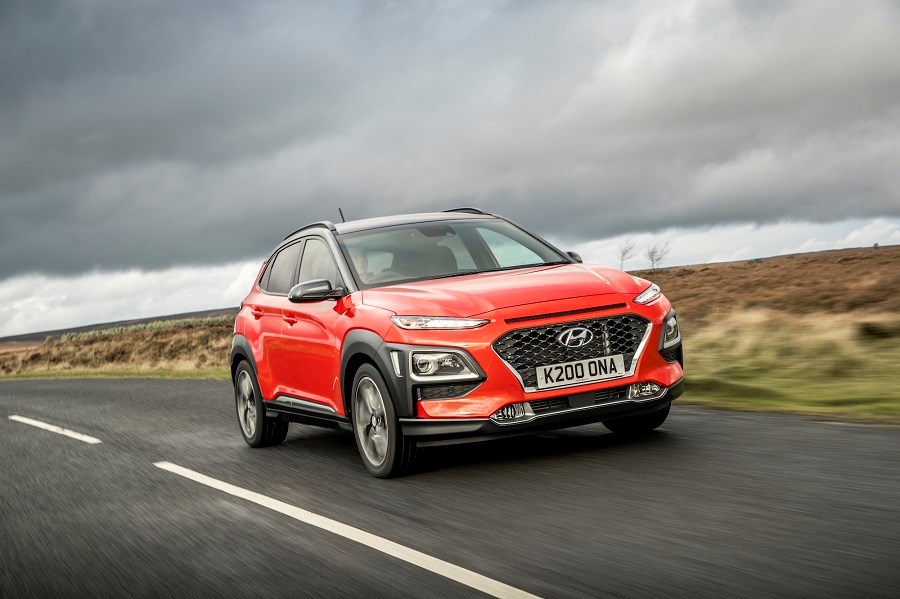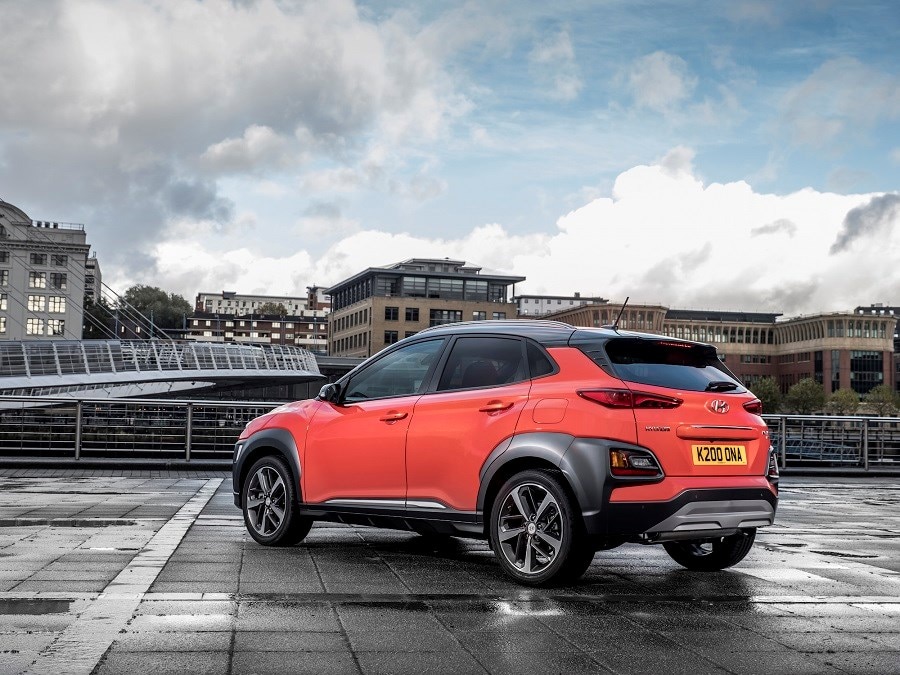Latest model
The Kona is relatively new so there haven’t been any significant facelifts or model year changes.
Otherwise, the model range is fairly straightforward, consisting of three power trains—a 1.0-litre turbocharged three-cylinder petrol with 118bhp and a 1.6-litre CRDi diesel with 115bhp available across the range and a 175bhp 1.6-litre turbocharged petrol model in the range-topping Premium GT model, which also gets four-wheel-drive.
There are five trim levels available—S, SE, Premium, Premium SE and the Premium GT, all with comprehensive levels of equipment.
Stand-out features include a funky eight-inch touchscreen and an optional two-tone roof, along with Hyundai’s new ‘Driver Attention Alert’ system, which uses driving pattern analysis to advise the driver when they really need to stop and take a break.
Value for money
You can be on the road in a new Kona for less than £17,000, which is very good value for a vehicle of this size, though the S model doesn’t have quite the roadside presence of some of the more upmarket Konas.
It still represents terrific value further up the range, though, there are four different options available below £20,000 including a diesel, and even the range-topping Premium GT is a realistic £25,445 which is highly competitive compared to rivals.
Even the entry-level S is a well-equipped car, with cruise control, automatic headlights and air conditioning, along with electric windows all-round, while further up the range the kit just gets better.
Like all cars in the Hyundai range, the Kona comes with a five-year, 100,000-mile warranty, with roadside assistance included.
Looks and image
It’s with its styling where the Kona really scores, with a distinctive sculpted body and black plastic cladding, which not only gives it a rugged appearance but also protects the bodywork from knocks and scrapes in urban environments.
The body protection extends to the lower edge of the front bumper and both side sills, while the front end styling is exceptionally clever, with narrow LED daytime running lights in the traditional headlamp position and the dipped beam lamps themselves being mounted in pods towards the bottom of the front grille area.
Hyundai has also developed a range of colours specifically for the Kona, which are very close to some of the colours its designer developed while he worked for Lamborghini—Acid Yellow, Blue Lagoon and Tangerine are all extremely bright hues that really bring out the Kona’s outgoing personality in a sea of ordinary white, grey and silver crossovers.
All of these elements combine to give the Kona a strong image so it’s not necessarily a car for shrinking violets, but for young families with a vibrant outlook on life, or for those who find themselves in need of a family car but who aren’t quite ready for a ‘boring’ one, the Kona has much to recommend it. It’s a lot more fun and a lot more outgoing than many of its rivals.





